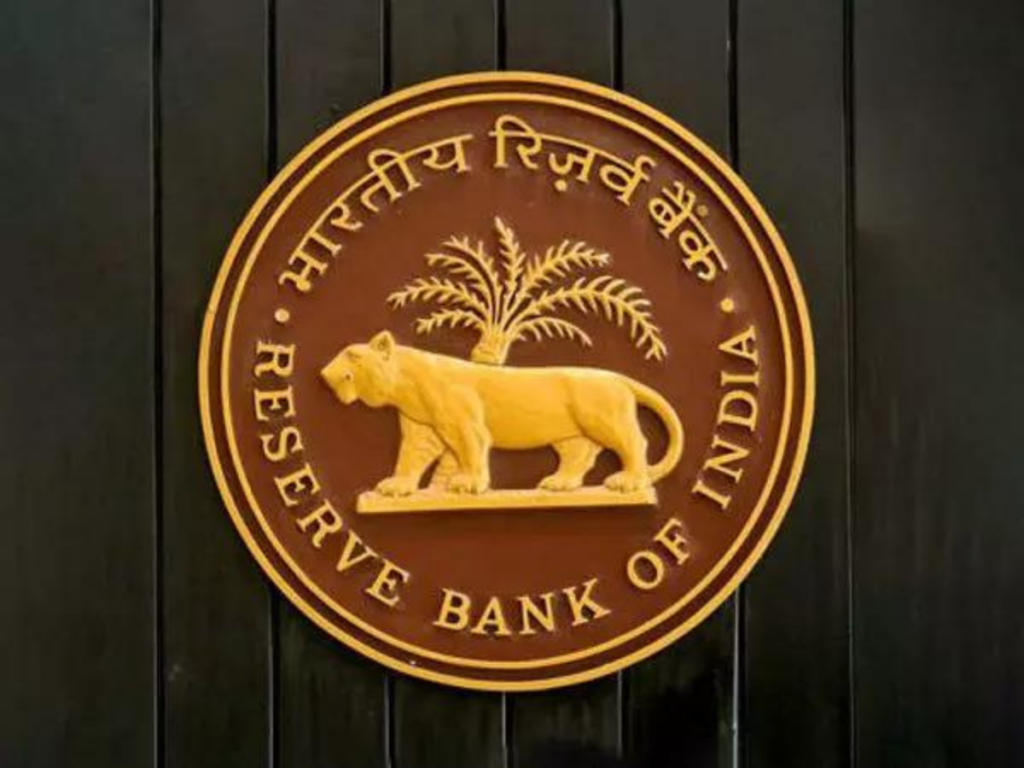MUMBAI: The Reserve Bank of India’s (RBI) move to draw capital flows by allowing banks to offer higher interest rates for foreign currency deposits for a specific period appears to have had few takers in the three weeks since the plan’s announcement. Bankers said the rupee’s recent sharp fall and a narrowing in the interest rate gap between the US and India will make it even more difficult to attract depositors.
In its December monetary policy, the RBI temporarily raised the ceiling on interest rates banks can offer on foreign currency non-resident accounts or FCNR (B) deposits. Yet, the relevant pages on their respective websites showed that none of the commercial lenders raised interest rates since the central bank gave them the leeway.
The RBI allowed banks to raise deposits at a spread of 400 basis points over an Alternate Reference Rate (ARR) for one to three years as against 250 bps spread earlier. For deposits between three and five years, the spread is raised to 500 bps over ARR against a cap of 350 bps.
One basis point is a hundredth of a percentage point.
“Banks were generally not even offering deposits close to the earlier ceiling,” said Madan Sabnavis, chief economist at Bank of Baroda. “Hence, the new ceiling has not made much difference for most banks.”
He expects limited traction for the one-off plan from some private lenders focused on overseas Indians.
“Some of the niche private banks will find this useful as they cater more to the expat population. Banks typically match such deposits with foreign currency loan requirements,” Sabnavis said. “With this being stable at lower levels, it may not be economical given that the rupee is falling and forex risk is borne by banks.”
The RBI’s move to raise the ceiling is to shore up foreign exchange (forex) reserves, which have fallen by $60 billion after touching an all-time high of $706 billion at the end of September. The forex reserves have declined as the RBI is selling dollars to support the rupee, which has consistently weakened against the greenback and hit new record lows of 85.80 Friday.
Bankers say the existing spreads of 250-350 bps already offer sufficient flexibility and room for banks to adjust FCNR rates upward.
“The spread between US and Indian interest rates has narrowed to its lowest level in recent years, making Indian foreign currency deposits less appealing to the Indian diaspora,” said VRC Reddy, head of treasury, Karur Vysya Bank. “On the other hand, demand for export credit in rupee terms remains robust due to interest subvention benefits for MSME borrowers, reducing the attractiveness of borrowing in foreign currency for export credit, particularly when hedging costs are factored in. Even when using FX deposits for rupee-based purposes, the landed cost often exceeds that of rupee deposits, further limiting their appeal.”
Rather, many banks are offering rates that are lower than the earlier ceiling. The ARR for dollar deposits is pegged around 4.24% for December and an increase in the ceiling by 400 bps allows lenders to offer 8.24% on dollar deposits. However, most banks are offering just about 150-200 bps above the ARR. For instance, the State Bank of India (SBI) is giving savers 5.35% on one-year rate dollar deposits under the FCNR (B) scheme, and the rate has remained the same since mid-October.
This shows the rates are lower than the previous spread of 250 bps. SBI offers 3.90% for five FCNB (B) deposits, which is still lower than the revised 500 bps spread.
The revised caps announced in the monetary policy review are applicable only until the end of March 2025.
“The cash reserve ratio (CRR) exemption on incremental FCNR deposits may encourage banks to raise FCNR deposit rates, thereby attracting more foreign exchange flows-an essential measure in the current economic context,” Reddy said.
Foreign currency deposits mobilised by banks in rupee equivalent stood at ₹1.98 lakh crore as of March 31, 2024, up 46% over the previous financial year, according to the latest Trends and Progress of Banking report published last week.
In 2013, the then governor, Raghuram Rajan, launched the FCNR (B) plan, wherein the RBI effectively provided banks with a cushion against risks of adverse currency movements through the period of a committed deposit. This programme helped banks mobilise nearly $30 billion in overseas deposits.
Source: The Economic Times

 Private Banks Outrun Public Sector Peers In Priority Lending Benchmarks
Private Banks Outrun Public Sector Peers In Priority Lending Benchmarks 